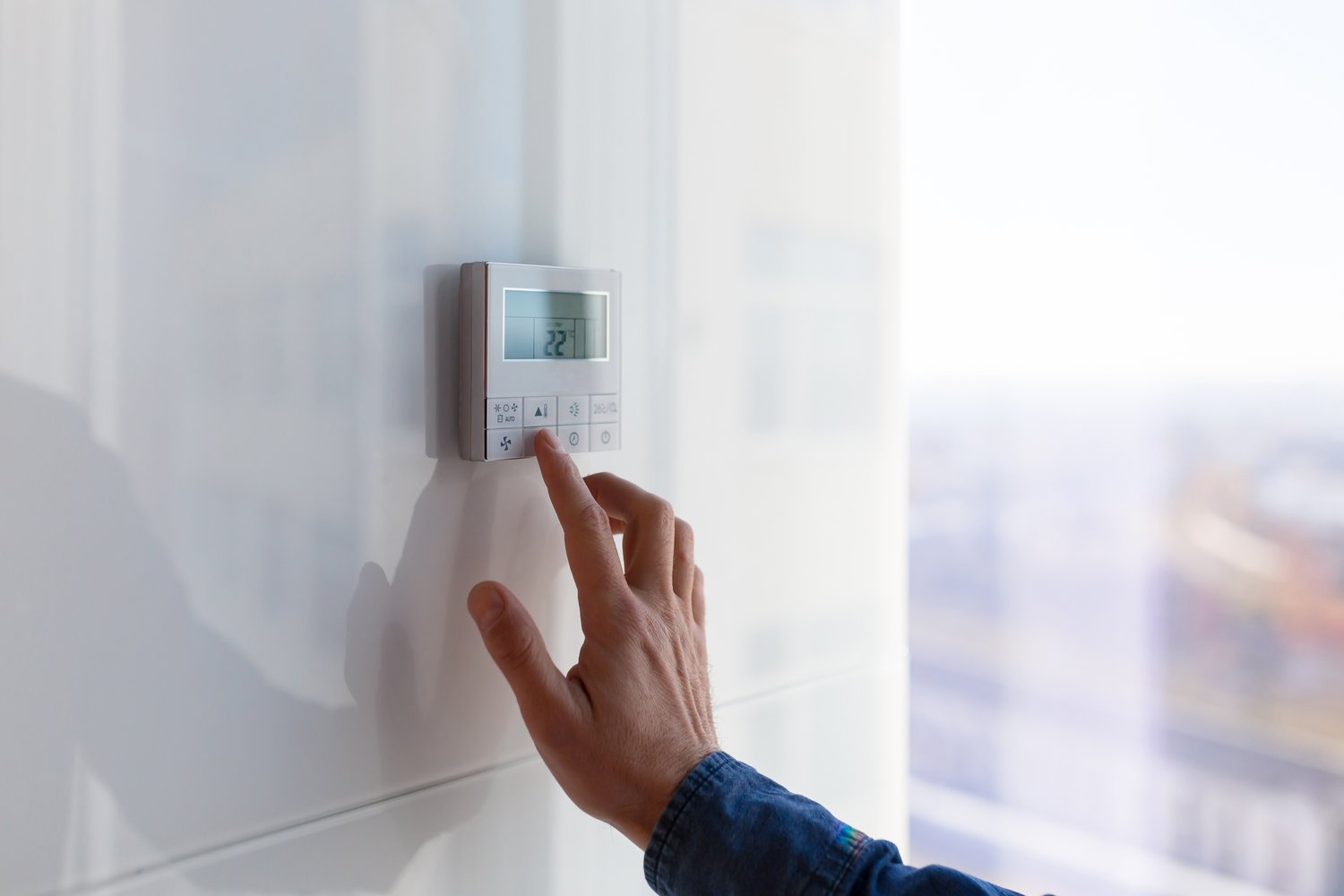As the seasons shift, your home’s heating and cooling needs change dramatically, requiring different performance from your HVAC system. Proper seasonal HVAC prep can extend the life of your equipment, improve energy efficiency, and prevent costly emergency repairs during extreme weather. Whether you’re getting ready to prepare your AC for summer’s intense heat or need to get your furnace ready for winter’s cold temperatures, transitioning your system between seasons requires attention to several key maintenance tasks. This article outlines essential HVAC transition tasks homeowners should perform during spring and autumn to ensure comfort year-round.
Why Seasonal Maintenance Matters
Your HVAC system works tirelessly throughout the year, but its duties change significantly between seasons. Without proper maintenance during these transition periods, you risk reduced efficiency, higher utility bills, and potential system failures when you need climate control most. Seasonal maintenance isn’t just about comfort—it’s about protecting your investment and ensuring your system operates at peak performance. Many homeowners neglect these important HVAC transition tasks, only to find themselves facing emergency repairs during the hottest or coldest days of the year. Professional HVAC technicians from AskHomey recommend scheduling maintenance twice yearly, ideally in spring and autumn, to address specific seasonal needs before extreme temperatures arrive.
Spring Maintenance: Preparing Your AC for Summer
When winter fades and temperatures begin to rise, it’s time to shift your focus to cooling. Spring is the ideal time to prepare your AC for summer before the first heat wave strikes. Start by replacing or cleaning your air filters, which likely collected significant dust and debris during winter months. Dirty filters restrict airflow, forcing your system to work harder and consume more energy. Next, clear any debris that accumulated around your outdoor condenser unit during fall and winter—including leaves, twigs, and yard waste that can impair efficiency.
Check and clean your condensate drain line, as clogs can lead to water damage and humidity problems once your AC begins operating regularly. Spring is also the perfect time to test your cooling system while temperatures are still mild. Run your air conditioner for a test cycle and note any unusual noises, inadequate cooling, or other performance issues that might require professional attention. Having these problems addressed before summer arrives ensures you won’t face uncomfortable conditions when temperatures soar.
Autumn Maintenance: Getting Your Furnace Ready for Winter
As summer ends and leaves begin to fall, your heating system needs attention to get your furnace ready for winter’s demands. Begin your autumn maintenance by scheduling a professional inspection of your furnace or heat pump. Technicians will check for carbon monoxide leaks, inspect electrical connections, and ensure all components are functioning properly. Replace your air filter again, as it likely accumulated pollen and dust during summer months. Clean your vents and registers throughout your home, removing any obstructions that might block warm air distribution.
Check your thermostat settings and consider upgrading to a programmable or smart thermostat if you haven’t already, as these can significantly improve energy efficiency during winter months. Test your heating system before freezing temperatures arrive by setting your thermostat to heat mode and listening for any unusual sounds. Addressing minor issues early prevents major breakdowns during winter storms. Also, ensure your carbon monoxide detectors are working properly, as winter brings increased risk from malfunctioning heating equipment.
Essential Year-Round HVAC Transition Tasks
Some seasonal HVAC prep tasks apply regardless of which season you’re entering. Regularly replacing air filters is perhaps the most important ongoing maintenance task, ideally done every 1-3 months depending on your filter type and household conditions. Inspect your ductwork for leaks or damage during transition periods, as sealed ducts improve efficiency in both heating and cooling modes. Keep vents unobstructed by furniture and décor throughout the year to maintain proper airflow.
Check your thermostat’s functionality during both seasonal transitions, and consider programming different temperature settings for each season to maximize efficiency. Clean registers and return vents throughout your home to prevent dust buildup that can circulate through your living spaces. Finally, maintain clear space around both your indoor and outdoor HVAC components year-round, allowing proper airflow and making regular maintenance easier to perform.
Professional vs. DIY Seasonal Maintenance
While many seasonal HVAC prep tasks can be handled by homeowners, certain aspects of maintenance require professional expertise. DIY tasks typically include changing filters, clearing debris around outdoor units, and performing visual inspections of your system. However, professionals should handle electrical component inspections, refrigerant checks, and comprehensive system tune-ups. Most HVAC professionals recommend scheduling professional maintenance twice yearly—once in spring before cooling season and once in autumn before heating season—while performing simpler DIY maintenance tasks between these visits.
Professional technicians have the tools and knowledge to identify potential problems before they cause system failures. They can also provide guidance on when components may need replacement due to age or wear, helping you budget for future expenses. The small investment in regular professional maintenance often pays for itself through improved efficiency, extended equipment life, and prevention of expensive emergency repairs.
For more tips and to connect with reliable home service professionals, follow AskHomey on Facebook and Instagram.



